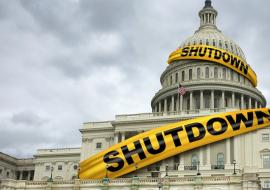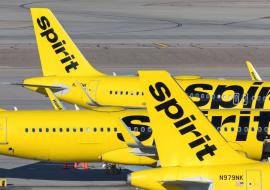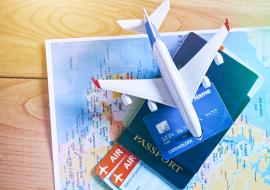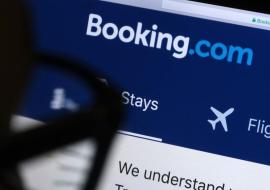Tax Gain Offsets Major Revenue Drop at Starwood
Starwood Hotels and Resorts reported a 28 percent increase in second-quarter profit, thanks to a $90 million tax benefit. But the company reported a 23 percent drop in revenue on what CEO Frits van Paasschen described as “the most challenging RevPAR environment the industry has ever faced.”
Worldwide revenue per available room (RevPAR) was down 28 percent. In North America, RevPAR was down 25 percent. In the luxury sector, van Paasschen said RevPAR was down 30 percent, five basis points worse than after 9/11.
Starwood was the second major hotel company to report second-quarter results. Marriott International reported similar drops in RevPAR a week ago. Hotels also took a hit last quarter from the H1N1 virus. Van Paasschen estimated the impact on Starwood at $10 million.
Starwood reported $134 million in profit, up from $105 million for the same period last year. Revenue was $1.2 billion, compared with $1.6 billion last year.
During the quarter, van Paasschen said the company continued its cost-cutting initiatives and improved its liquidity by $1 billion through debt restructuring, a bond initiative and the sale of the W San Francisco for $90 million.
The company said it expected $10 million in profit next quarter, with RevPAR declines in the 20 percent range. Still, van Paasschen said there remains “a lot of uncertainty about how the economic recovery will continue to unfold.”
In its vacation-ownership business, Starwood said revenue decreased 35.4 percent, to $124 million. Sales of vacation timeshares decreased 47.2 percent, and the average price per vacation-ownership unit sold decreased 24.3 percent, to approximately $16,000.
But van Paasschen said the freefall in that sector appears to be over; the company is seeing signs of stabilization in markets such as Hawaii. Starwood also said it was starting to see signs of a return of group business, saying cancellations have declined and meetings were stronger last month than in any other month this year.














